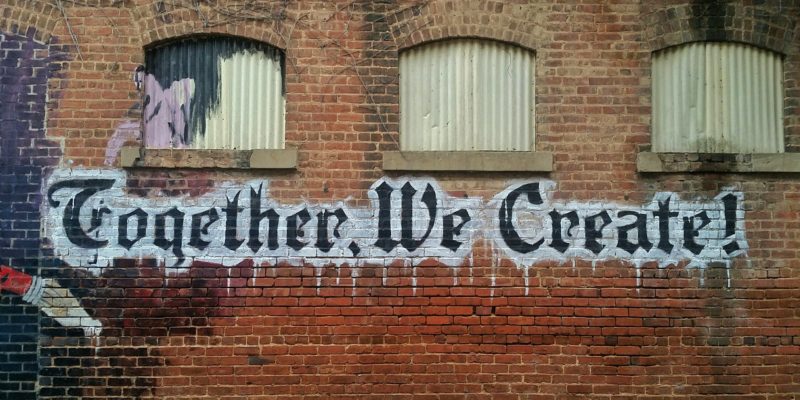A year ago, journalist Casey Newton left his full-time job at tech site The Verge and started up his Platformer newsletter on Substack. Twelve months on and he’s written about his experiences launching a paid-subscription newsletter and the value that community has provided.
Context
- The Platformer audience grew out of a mailing list that Newton had built while writing a previous, free, newsletter. Over the course of his first year as a solo creator, he has grown that free list from 24,000 to almost 50,000.
- Newton says the key driver for the growth in his audience has been quality content. He cites several stories that he is proud to have published over the year and says each created a spike in sign ups.
- Alongside first-class reporting, Newton has used community as a way to convince free readers to pay to subscribe. Six months after launching Platformer, he launched a Discord server called Sidechannel where tech-sector insiders can discuss published content and the latest industry news.
The idea was to give free subscribers a reason to upgrade, since your subscription would now come with access to a community of smart, like-minded people, as well as some of the journalists working on their behalf.
The Sidechannel community
Sidechannel brings together Newton and seven other journalists. Paying Platformer subscribers, or paying subscribers to any of the publications in the network, are invited to join a range of channels organized by publication where they can discuss specific content and some shared channels.
Despite churn of 3% to 4% each month, a relatively small percentage of free subscribers have to convert to paid subscribers to keep Plaformer viable. Newton says the Discord launch was the single biggest thing he did over the past year to convert paid subscribers.
Beyond the reader-revenue benefits, Newton says he has been struck by how helpful his Discord channel has been in content creation. Alongside replies to his newsletter, Discord provides a ‘great backchannel with rank-and-file workers’, helping him stay close to daily events in the tech industry. He receives regular story tips; feedback on stories written; links to interesting content; and tweets that he uses at the end of his daily newsletter.
I was surprised when people I had never interacted with before showed up in my Discord DMs offering me story tips and advice.
How to build community with content
Newton has high hopes for the Platformer community in the future. But he acknowledges that to build community requires commitment.
I’m long on Discord as a component of the Platformer subscription, but I think it would offer more value if it felt like a true water cooler… and had more regular programming to bring you all in.
The must haves for building a community that adds value to your content creation process include:
- Clear goals for the community
Develop a clear reason for members to join. Will they get early or exclusive access to content? Will they be able to ask questions or share feedback. Make it clear when you build your community what your focus will be.
- Content that the community cares about
Nothing kills a community quicker than content or conversations that are not relevant to the members. Introduce sub-channels if you have multiple content areas; create a general chat area for off topic conversations.
- Create a space where members feel comfortable sharing
Let members post under pseudonyms if you think they will be wary of sharing controversial or even confidential information. You are more likely to get strong story tips if members feel safe sharing.
- Commitment to post, comment and moderate
To build a community, you need to nurture it. Publishers need to commit resources to making sure that there is a regular flow of content being shared, that questions are being answered and that members feel the space is tended.









